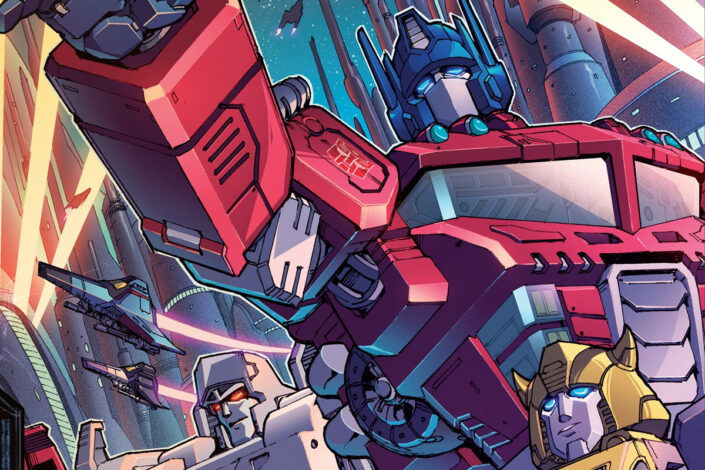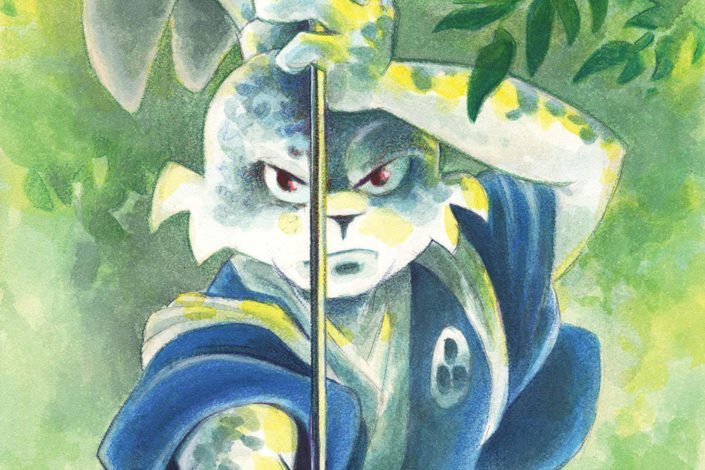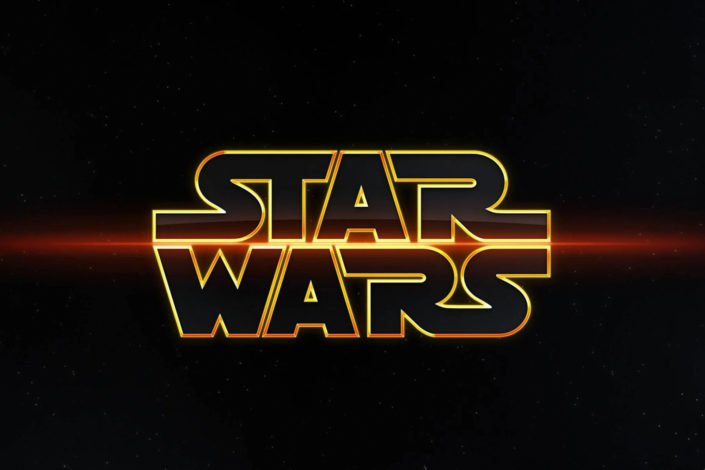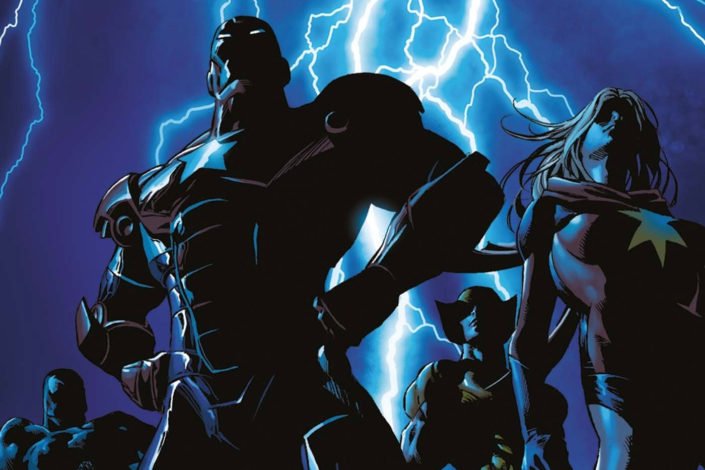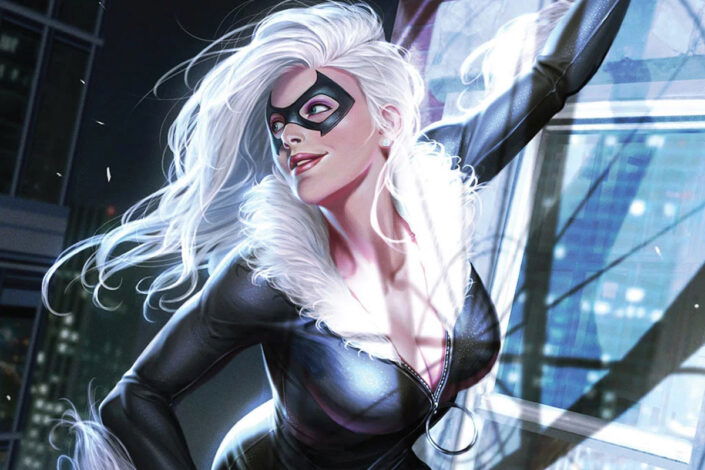Batman: War Games Reading Order
Published in 2004-2006, the Batman: War Games Saga is a Batman crossover event that spanned every Batman Family title being published at the time. Part of the Batman Modern Age (check out our reading order), the story was written by Devin Grayson, Andersen Gabrych, A.J. Lieberman, Bill Willingham, Dylan Horrocks and Ed Brubaker, with illustrations by Ramon Bachs, Pete Woods, Brad Walker, Mike Lilly, Al Barrionuevo, Giuseppe Camuncoli, Sean Phillips, Paul Gulacy and Kinsun Loh.
Taking place after No Man’s Land and Bruce Wayne: Murderer, Batman: War Games tried to be a sort of mix of those two stories, with stakes on a street level as it is an all-gang war, but still on a big full scale like No Man’s Land. It’s also an event happening when Tim Drake had given up on his Robin role and Stephanie Brown had taken his place — and for her fans, this story is simply her character assassination.
But what is really Batman: War Games about? Tensions escalate and war comes to Gotham City when Batman is drawn into a skirmish between rival gangs. As Gotham’s biggest gang battle ignites, Batman must call on all his available allies—Oracle, Batgirl, Nightwing, Orpheus, Onyx, and Tarantula—to preserve life and contain the chaos while trying to determine who started this outbreak of violence.



